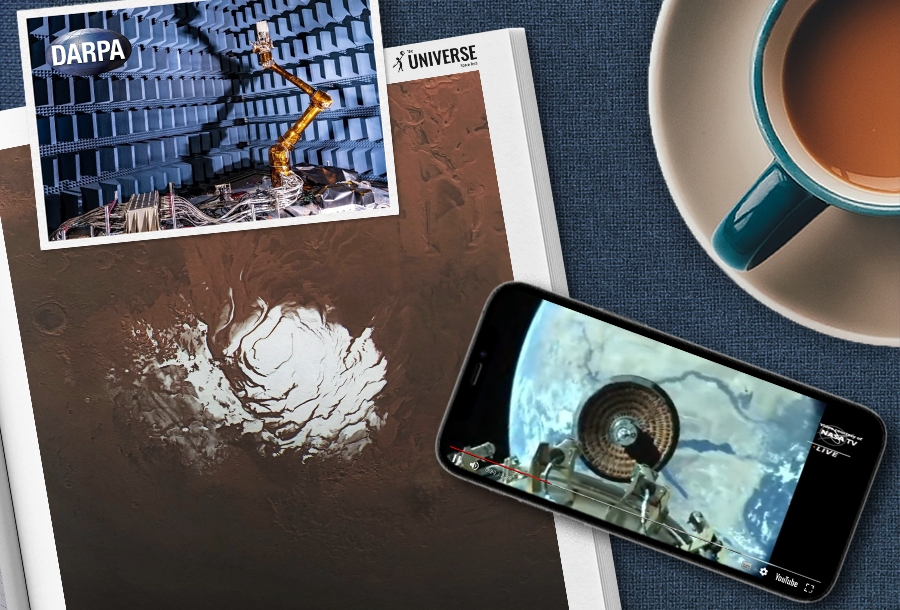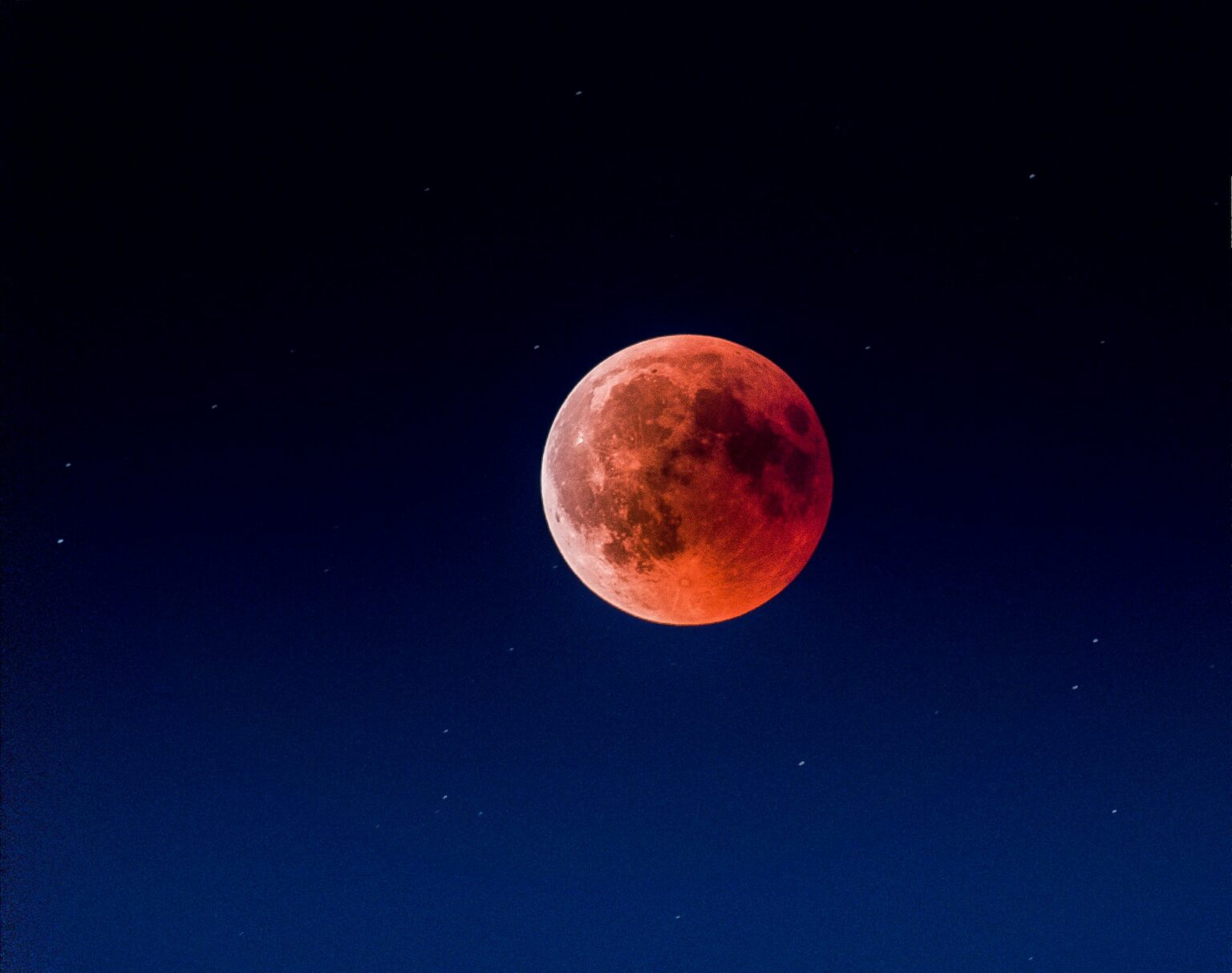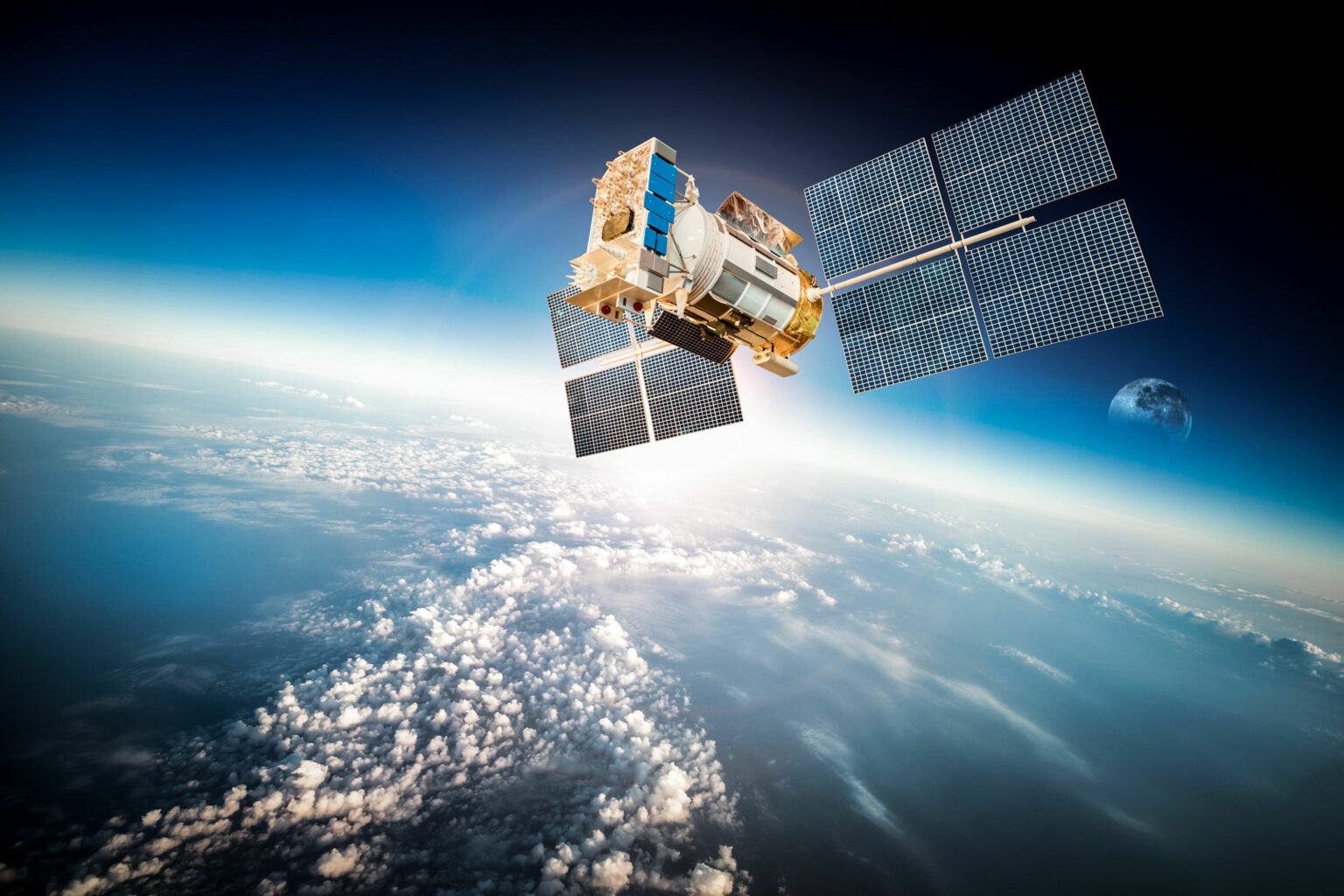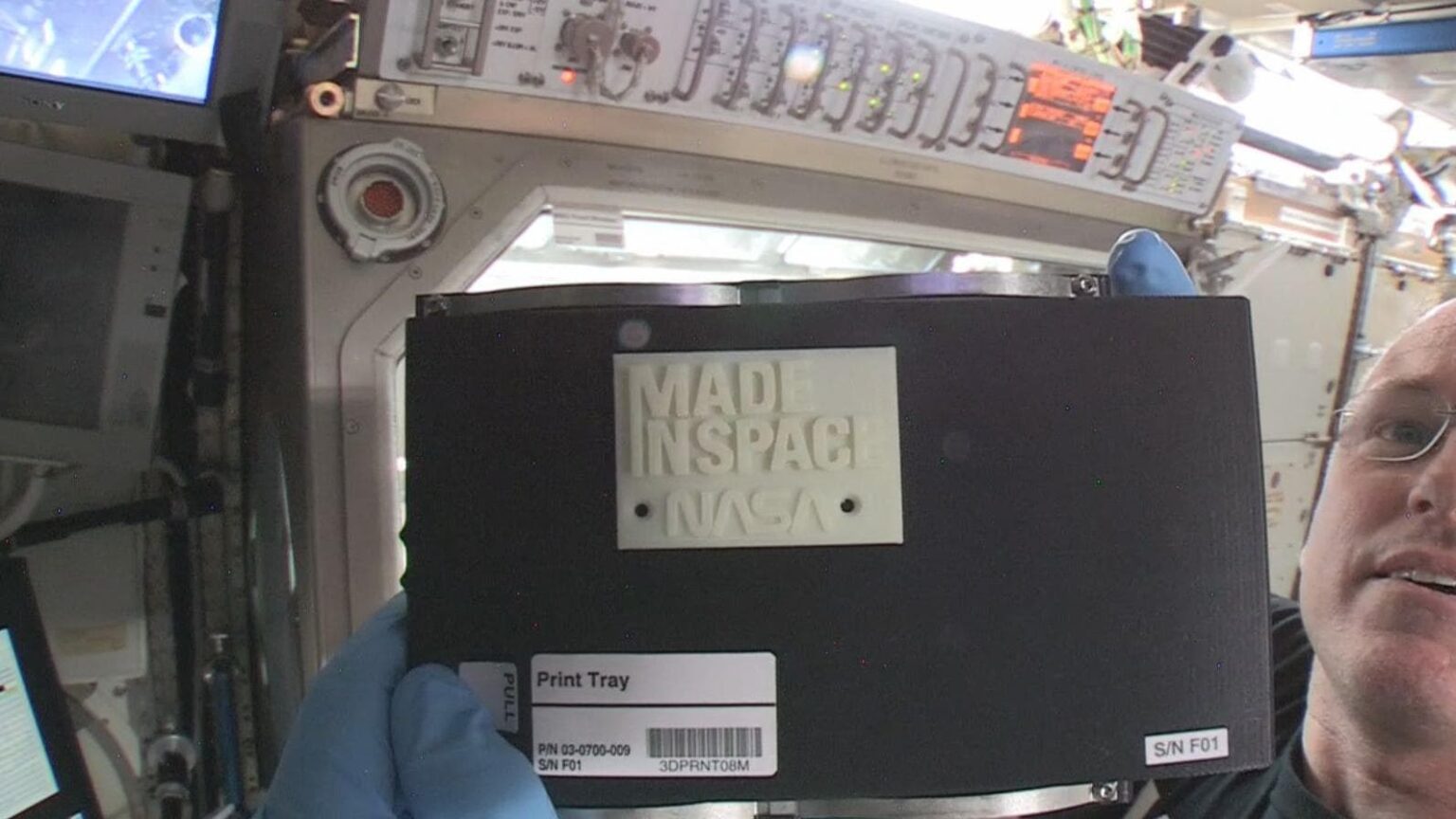Selection of the most interesting space news for the week: Scientists published evidence of the existence of liquid water on Mars; satellites in orbit will be serviced by a robotic arm, and we are talking about the five most interesting experiments on the ISS.

“Somewhere, something incredible is waiting to be known.”
― Carl Sagan
Published evidence of the existence of liquid water on Mars
The discovery of liquid water reserves on Mars would raise hopes of revealing signs of extraterrestrial life on the inhospitable Red Planet. That is why scientists are conducting a scientific dialogue about whether a reservoir of salt water is hiding under the ice cap of the south pole of Mars. The new study used a combination of computer models and laboratory experiments to sort out the situation. The work showed that the temperature under the polar cap can reach -73°C within the range for salt water. Previous studies believed that the temperature there is below -93 °C. According to geologist Graziella Caprarelli, the physical properties of brines at these revised temperatures fully correspond to the power of radar signals received from the base of the southern Martian polar deposits.
Robotic arm from DARPA will serve satellites from 2025
The RSGS robotic arm developed by DARPA has passed all major tests and is being prepared for integration with the Northrop Grumman satellite. From 2025, it will be used to service satellites in geosynchronous orbits. In general, on each Mission Robotic Vehicle, DARPA will install two of its robotic arms, equipment for checking and calibrating equipment in orbit, ports for storing equipment, cameras and lighting. It has already been announced that its first customers will be the devices of Australia’s largest satellite operator Optus.
NASA successfully tried the “flying saucer” LOFTID
NASA has made another successful step that brought the agency closer to the cherished dream of sending a man to Mars. On November 10, a successful test of the inflatable heat shield technology called LOFTID took place. This braking screen, similar to a flying saucer, made a flawless journey into space and back to Earth, being driven 800 km off the coast of Hawaii.
After deployment in space, NASA visually confirmed with live video the full deployment of LOFTID at an altitude of approximately 125 km. Telemetry was briefly lost during the test, but everything went well. The screen fell just 8 km from the evacuation vessel Kahana II, which made it easy to get it. Also, according to the plan, LOFTID threw out the flight recorder for data collection.
Cygnus successfully docked with the ISS with a non-working solar array
Despite deploying only one of the two solar arrays, NASA’s Cygnus spacecraft successfully docked to the International Space Station (ISS). The Northrop Grumman-built Cygnus NG-18 cargo launched aboard an Antares rocket from NASA’s Wallops Flight Center in Virginia early Monday morning, with more than 3 tons of supplies for the crew aboard the station. But a few hours after launch, only one of the spacecraft’s two circular solar arrays was deployed.
James Webb resumes observations after failure
The MIRI instrument of the James Webb Space Telescope, which failed on August 24, finally resumed its work. The problem turned out to be in the MRS mechanism. NASA describes a malfunction of the instrument that caused “increased friction” when setting up scientific observations. As a result, the Webb team was forced to take the camera offline while investigating the problem and working on its solution. The team’s decision turned out to be encouraging. On November 2, engineers conducted a test to determine the friction of the wheels of the mechanism, which, finally, does not interfere with work. As a result, James Webb will resume scientific observations using MIRI on November 12.
Photo of the week

A rare eclipse of the Blood Moon took place on November 8 this year. The next one will take place as early as March 14, 2025, although partial lunar eclipses will occur in 2023 and 2024.
Interesting figure — USD 100 million

Lockheed Martin is deepening its investments with satellite manufacturer Terran Orbital. The aerospace giant has invested USD 100 million in the company, concluding a cooperation agreement on the development and sale of small satellites until 2035.
Lockheed Martin acquired debt obligations and shares of the manufacturer. Terran shares rose 2.3% during trading and closed at USD 2.62 per share after jumping 33% earlier in the day. Since the beginning of the year, the shares have fallen by more than 70%. Terran also announced that the investment will help build a huge USD 300 million spacecraft manufacturing plant in Irvine, California, and not in Florida as originally planned.
Something to read on the weekend

Space and science are inextricably linked. So, during the first two decades of the ISS operation, more than three thousand scientific experiments were conducted on board the station. In honor of the International Day of Science in the article “Extraterrestrial science. Five most interesting space experiments” we talk about five interesting ones, and you can read about the preparation of astronauts for flights in “At the limit of mind’s possibilities. Psyche in outer space“.
Follow us on Twitter to get the most interesting space news in time
https://twitter.com/ust_magazine
